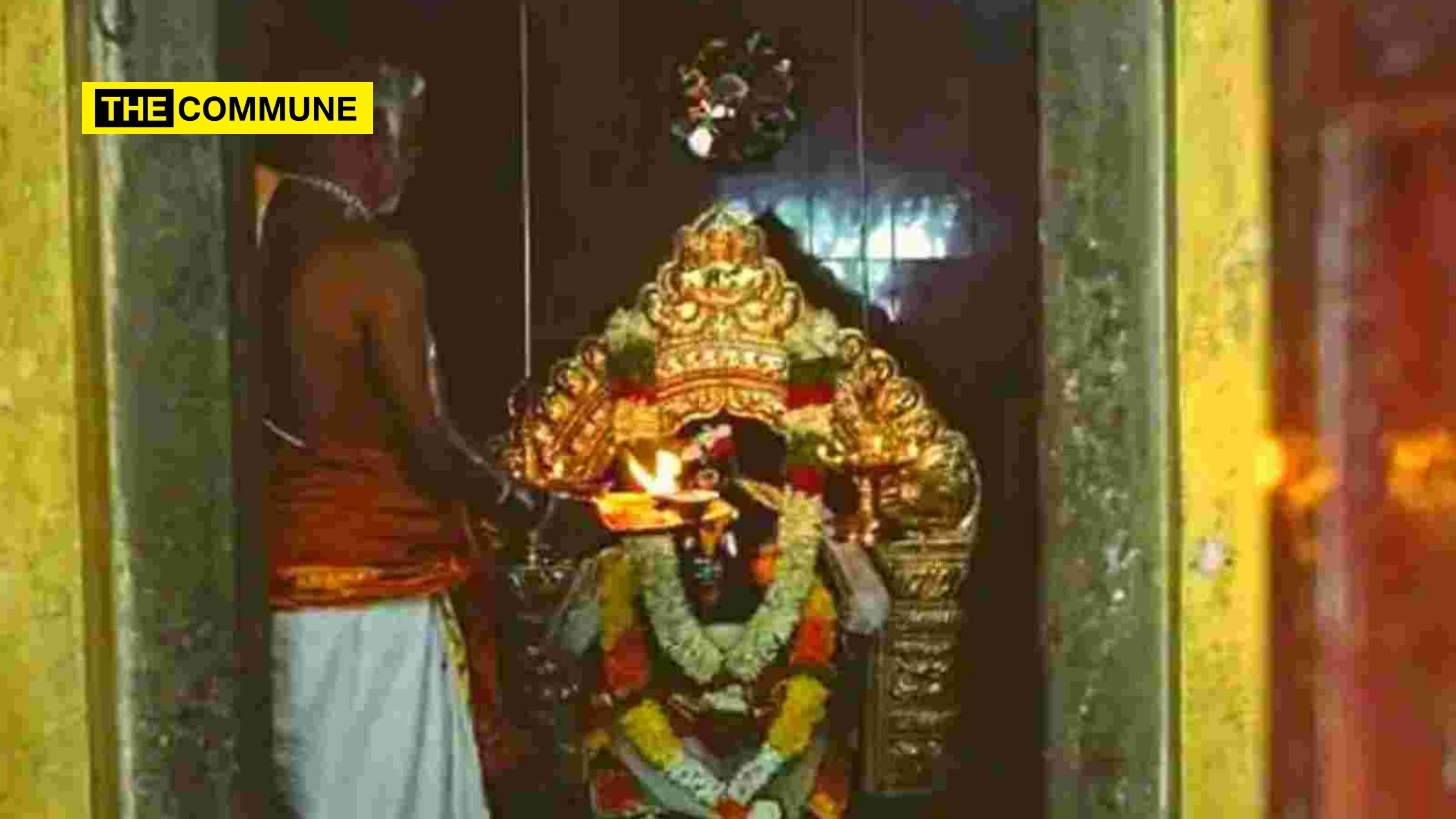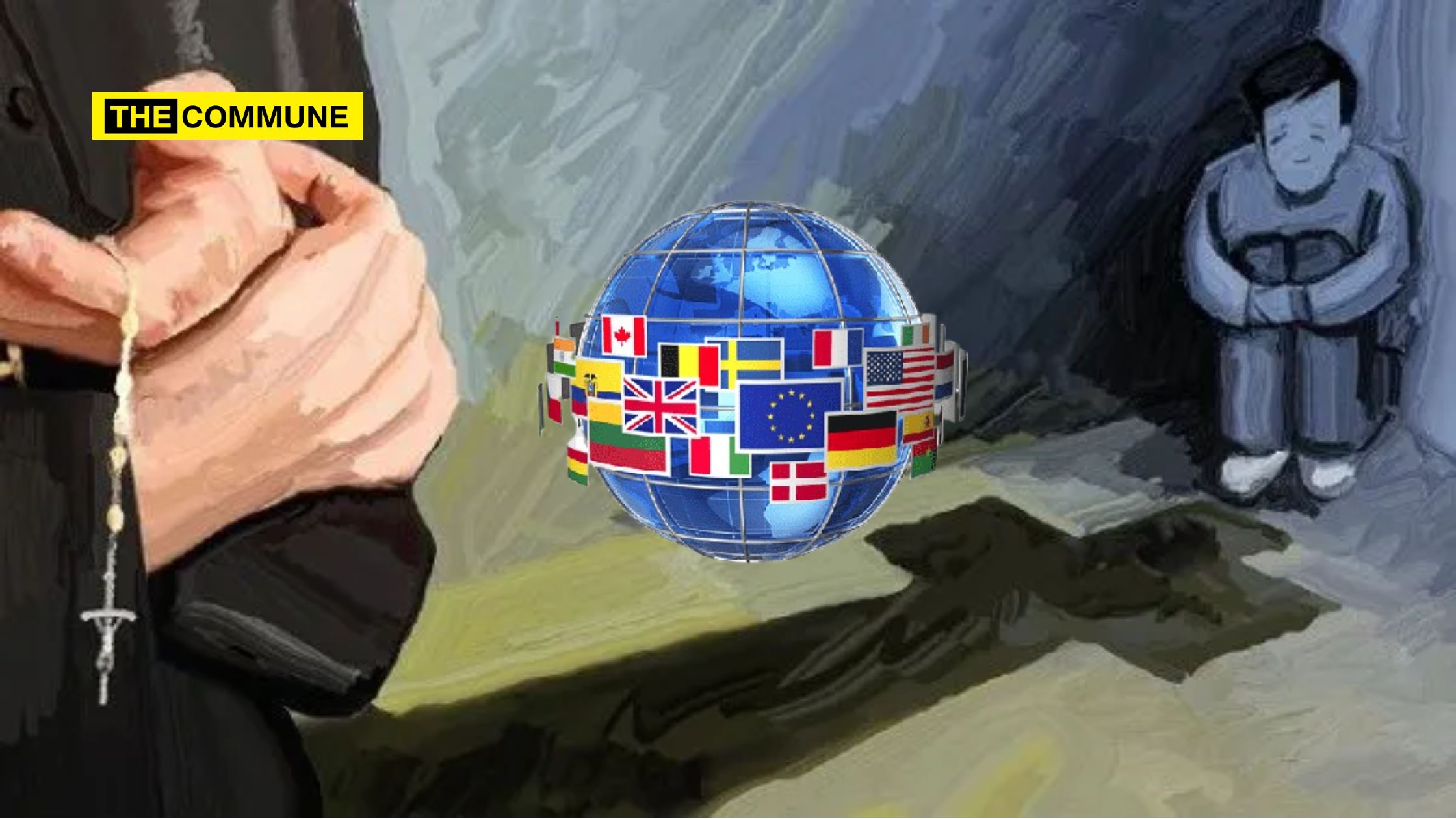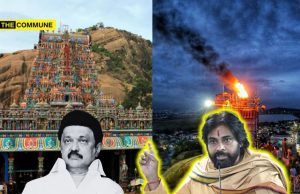
Sanatana Dharma epitomizes the spiritual ethos of Bharath, charting an unwavering course for those ensnared in the ceaseless cycle of life and death towards the ultimate realization of the omnipotent Brahman. It is essential to clarify that the nomenclature ‘Hindu’ conveys not a religious demarcation but a geographical one. Any religious creed originating within the precincts south of the Sindhu river finds itself encapsulated within the expansive umbrella of ‘Hinduism.’ It is indeed paradoxical that this comprehensive epithet finds its etymology not in the southern reaches of the Sindhu but rather in the context of Abrahamic faiths, including Judaism, Christianity, and Islam.
The Double Standards
Despite being the oldest faith system in India and followed by the majority, Hinduism finds itself ensnared in a perplexing double standard perpetuated by self-proclaimed ‘liberal’ ideologues. This incongruity warrants elucidation.
When terrorist organizations such as Al-Qaeda or ISIS perpetrate mass atrocities in the name of their religion and its ostensibly associated teachings, these ideologues swiftly assert that one should refrain from attributing the actions of such extremists to their faith. In other words, even if these extremists commit heinous crimes against humanity in the name of Islam, the prevailing narrative suggests that they should not be regarded as devout Muslims but rather as malevolent individuals who have egregiously misinterpreted the Quran.
The Priesthood Debate
The central case study often spotlighted by liberal ideologues pertains to the exclusivity of certain communities as temple priests. They question, “Why are only specific groups granted this role?” The response to this query, however, rests upon a fundamental premise.
Liberal ideologues adopt a purportedly ‘humanitarian’ approach when addressing such ‘social issues’ within our society, asserting their adherence to a ‘secular’ form of justice. Yet, there is a crucial rejoinder to be made here: temples, by their very nature, defy the concept of secularism. They are inherently religious institutions, not secular ones.
Moreover, many of these ideologues attempt to cast the practice of priesthood as a form of discrimination, contending that by restricting it to specific communities, it defies the principles of equality. But let us pause and consider this. Is anything within the realm of the Hindu faith inherently logical? Does the saga of Rama combating a formidable demon king and his army with a legion of monkeys strike one as logical? Is it logical for Krishna, as a child, to effortlessly raise an entire mountain with his pinky finger? Does Shiva’s annihilation of three parallel
kingdoms with a single arrow align with logic? When the entire tapestry of faith appears, by their account, bereft of logic, why insist that the selection of priests must conform to rationality? Is there any logical consistency within this context?
Imagine questioning why Harry Potter assumes the role of the protagonist in the eponymous series. Responses would invariably fall into two categories:
- It’s J.K. Rowling’s creation, and she envisioned it this way, or
- If you take issue with it, create your own series with the protagonist of your Notably, Harry Potter is unequivocally a work of fiction.
Similarly, when viewing the entirety of the Hindu faith as a work of fiction, the liberal ideologues must either
- Accept it as a tradition passed down by sages and scriptures for millennia and adhere to its tenets, or
- If you find fault, establish your own temple and appoint whomever you please as the priest. The very essence of religions lies in the realm of ‘faith,’ transcending human logic and To superimpose one’s human logic of purported equality and secularism upon it appears to be a misguided political agenda designed to sow division among its practitioners.
Moreover, one must consider that the general public is not prohibited from purchasing and venerating images of the deities from such temples. If this were genuinely based on ‘discrimination,’ temples where only a specific community’s lineage serves as priests would logically forbid the general public from acquiring and keeping images of the deity. However, this is not the case. The faith asserts that the custodians of the divine power residing in the temple’s idol must possess a particular bloodline, and this principle is upheld. And there is no rule whatsoever that if there ever is to be a Hindu temple, then only a particular caste must be the priest in it. The selective application of logic, therefore, amounts to sheer folly and reflects the mindset of a non-believer.
Note:
1. Temples founded on specific Aagama principles must strictly adhere to those Aagama traditions, including the appointment of priests.
2. Insisting that all temples must have Brahmin priests is Diversity in priesthood reflects the diversity within the Hindu faith.
3. Priests engaging in caste discrimination under the guise of ‘priesthood’ should be morally Their appointment is based on Aagama traditions, not discrimination.
4. This discussion neither justifies nor denies the prevalence of caste-based atrocities in the It is unrelated to such issues.
5. In my opinion, for non-Aagama and new temples, decisions regarding the presence and characteristics of priests should be solely determined by the temple’s governing body. Ancient temples following specific Aagamas must adhere to them, but others must be given the freedom to decide based on their vision.
Nirmalasriskandhan is an engineering student who gives his 2 paise on socio-political issues.
Click here to subscribe to The Commune on Telegram and get the best stories of the day delivered to you personally.




